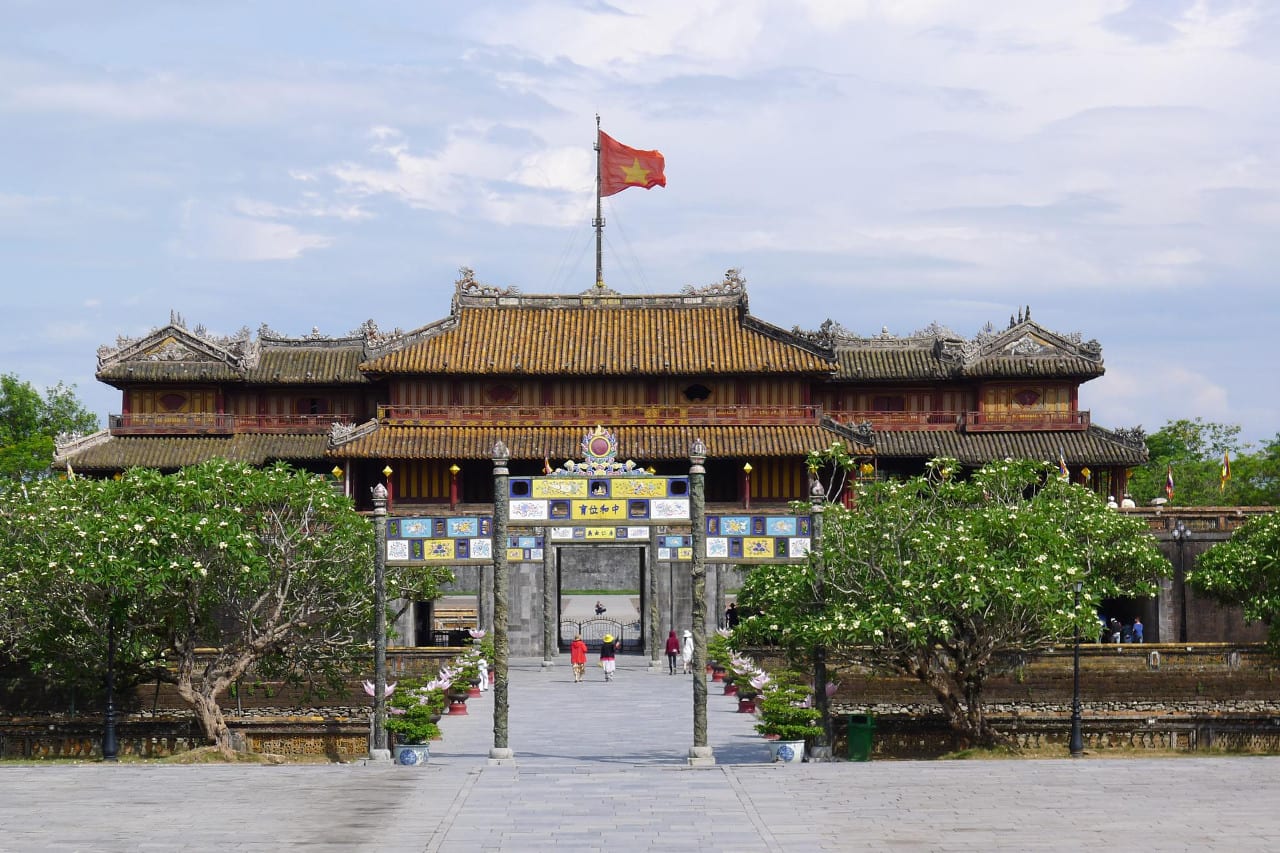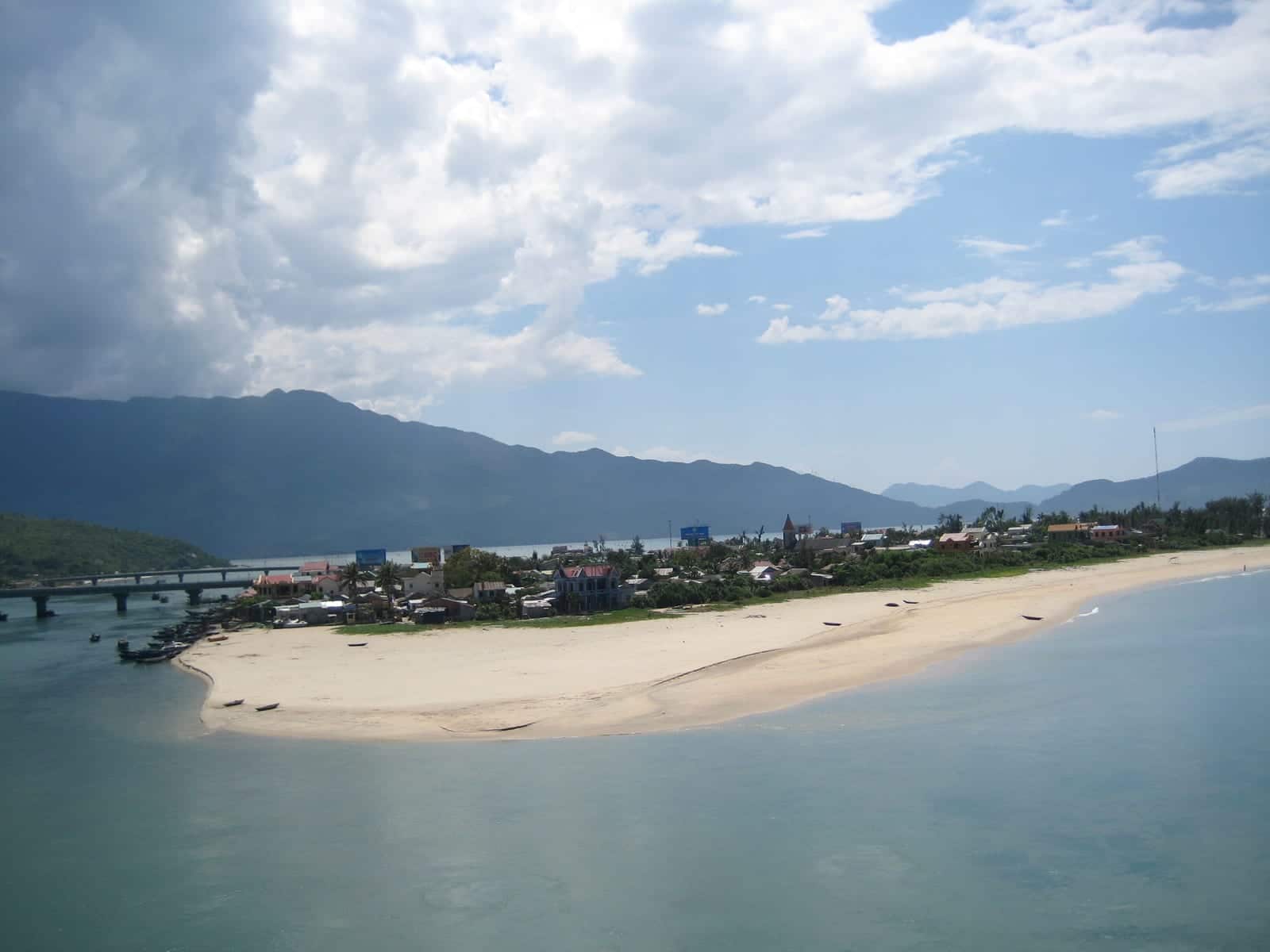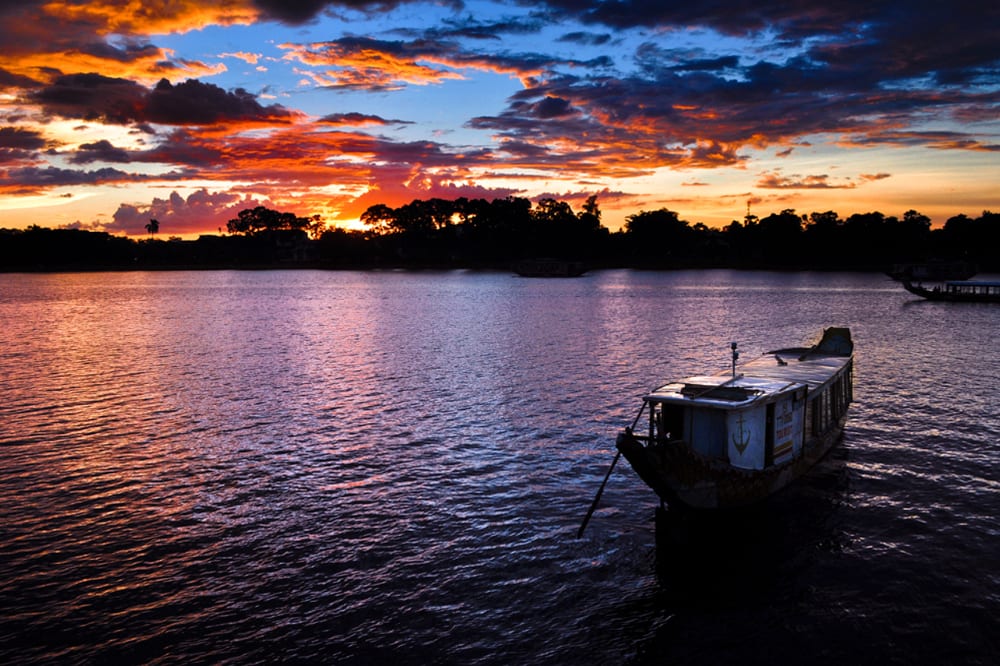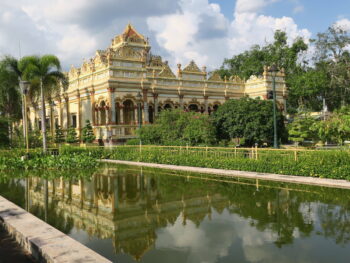Hue still carries the splendor it had during its glory days when it was the seat of the Nguyen Dynasty. The 19th-century Citadel is home to the Imperial City and the Forbidden Purple City. Although bombarded during the war in Vietnam, many of its finest buildings still stand tall, proud of the grandeur it was before.
Today, Hue has more than 300,000 in population and neatly blends its old beauty to the sleek and modern buildings sprawling all over the city. Hue is Central Vietnam’s jewel and also served as the national capital for more than 100 years.
History

Known to be the most royal city in Vietnam, it used to be the capital for the Nguyen Lords in the 17th to the 19th century. It was the national site for politics, culture, and religion up until 1945 when a communist government was established and proclaimed Ha Noi to be the center in the North.
Because of its location in central Vietnam, it put Hue in a valuable and vulnerable position during the war. In 1968, during the “Battle of Hue”, the city faced massive damages because of the bombings. Because the Vietnamese Communist Party viewed the Nguyen Dynasty as “reactionary” and “feudal”, the destruction of Hue’s historic buildings was seen as a feat to be celebrated.
However, because of the changes in policy, many historical areas in Hue were deemed significant and were put under restoration.
Main Attractions

The 19th-century Citadel stands as its most visited tourist spot for not only its magnitude but its uniqueness, as it is surrounded by a moat, overlooking beautiful scenery in its periodic stoned walls.
Aside from its famous location, various edifices stand on its glories such as the Imperial City, which houses a number of shrines and palaces. In the list of the most recommended locations to visit is the ‘Purple Palace’ where the emperors used to live and the Royal theater, a replica of its original form.
Grab your friends and visit the Pagoda Celestial Lady and experience Hue at night by immersing yourselves in its local delicacies.
Hue Citadel
In order to create the Capital City, four Citadels were constructed back in the day. The Imperial City or Hoang Thanh, which had palaces and shrines, the Forbidden Purple City or Tu Cam Thanh for royal residences, the Dai Noi and Tran Binh Dai.
If you’re visiting the site, tourists are advised to spare a whole day to see everything around the area. For those who are not up for walking, visitors can rent a bicycle or hire a “xich lo” which is a Vietnamese cycle to tour around the citadel faster.

Thien Mu Pagoda
The pagoda is similar to the “symbol” of the city because of how striking and majestic it looks. The 21-meter-high tower just sits right by the Perfume River. In addition, tourists will also get to see monks around doing their training, duties, or studying.
Imperial Tombs
Many emperors lived and died in Hue, which is why there is a lot of elaborate tombs around the Citadel which are dedicated to them.
“Royal Banquet” Dinner
If you want to experience how to dine like a royal Vietnamese or at least a guest at a royal banquet dinner, you can book something like this. Visitors will get to dress up like Vietnamese royalty and enjoy a dinner especially prepared for them.
Bike Around the Countryside
If biking is your thing, be sure not to miss out on renting a bike to explore the countryside. You will get to see rice paddies and drive through local markets, which is a really interesting and unique experience to get another perspective of Hue.

Lang Co Beach
While it’s not as popular of a beach destination as Hoi An, there are still some top choices relatively close to town. Lang Co is one of the most popular beaches near Hue. It’s situated about 60 kilometers south of Hue toward Da Nang, so plan for a 1.5 hour drive.
Try the Following Local Street Food
This allows you to interact more with the locals and at the same time getting to know more about their culture!
- Banh Mi (Vietnamese Bread) – This is considered by many famous chefs in the world to be the best base for a sandwich (better try!)
- Banh Khot (Hue Mini Savory Pancake) – A wonderful combination of crispy base & fresh veggies, drizzled with sweet and sour sauce
- Banh Ep (Hue Savory Crispy Crepe) – Tagged as Hue’s best street food, its main ingredient is cassava flour with egg and various toppings. Like an omelet in a crepe version.
Discover the best of this ancient city with the top things to do in Hue.
Special Events

Sinh Village Wrestling Festival – This festival happens in the village called Sinh, in Phu Mau Commune every 10th of the first month of the Lunar calendar. This event attracts many wrestlers and spectators and is centered in honoring the sporting spirit of the people in Hue.
Festival Hue – This happens every two years in April and lasts for a week. This is to honor and showcase the culture and history of Hue as the former capital of Vietnam.
Accommodations
Although it’s not as popular as Da Nang and Hoi An, Hue has its fair share of luxury hotels to choose from. From the highrise Vinpearl Hotel in the center of it to five-star coastal resorts far secluded from town, you can find it all. As expected, there are hotels to suit all budgets and a great collection at that.
Hotels and lodging:
- Read about the best hotels in Hue.
- Read about the top 5 star hotels in Hue.
- Read about the cheap hotels in Hue.
- Read about the beach resorts in Hue.
Activities near Hue
Historical Sites:
- Imperial City (2km)
- Vin Moc Tunnels (101km)
Hot Springs:
Towns:
Transportation:
Latest in Hue
View more Hue articles






 My Tho, Vietnam
My Tho, Vietnam